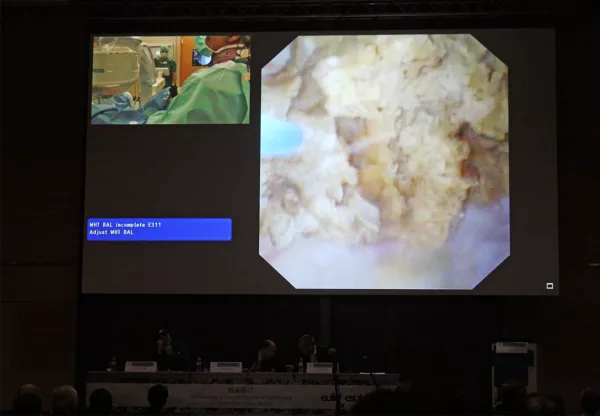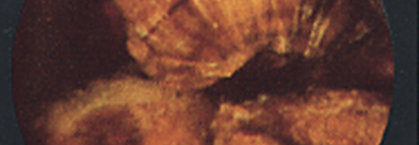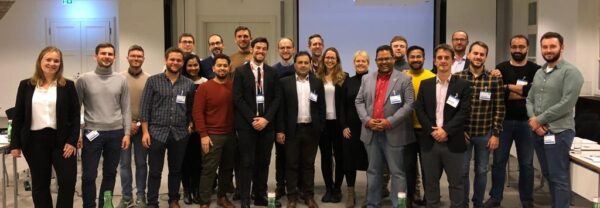EULIS19 to feature updates paramount to clinical practice
Relevant scientific developments in the pathophysiology, diagnosis, metabolic evaluation, medical and surgical treatment of stone disease will take centre stage at the upcoming 5th Meeting of the EAU Section of Urolithiasis (EULIS19).

The best in the field – internationally-renowned experts and key opinion leaders – will convene this October in Milan, Italy. One of these experts will be Dr. Juan Galán-Llopis (ES) who will share his valuable insights in his lecture “Micro-ureteroscopy for distal ureteral stones: Is it feasible and effective?” which is part of Plenary Session 02: Urinary stone treatment.
His presentation will discuss micro-ureteroscopy (or C-G technique) for distal ureteral stones which has started as a means to try to minimise ureteral injuries during ureteroscopic procedures; thus leading to the need for ureteral postoperative stenting. “It has shown clear advantages when compared to conventional ureteroscopy for particular cases both in women and children,” stated Dr. Galán-Llopis.
Other experts who will be present at EULIS19 will be esteemed mentors during the ESU Hands-on Training (HOT) in Endoscopic Stone Treatment (EST) step 1, such as Dr. Stefania Ferretti (IT) and Dr. Silvia Proietti (IT). They will provide comprehensive feedback and supervision to participants with varied skill levels.
According to Dr. Ferretti, participants such as young urologists and/or residents will deepen their knowledge with the basic steps and manoeuvres, as well as, tips and tricks; and the more experienced participants will fine-tune their skills.
Dr. Proietti added, “Participants from countries where these surgeries are not commonly performed and/or instrumentation is not readily available, will have the chance to familiarize themselves with these procedures and equipment. Furthermore, simulation has shown to enhance progress during the initial phase of the surgical learning curve.”
Explore the rest of the EULIS19 impressive line-up via the meeting’s Scientific Programme to know more about the stone treatment essentials.
In the future
Dr. Proietti stated that surgery is heading towards the minimally-invasive path and that endourology will do so as well. She said, “I expect further development of technologies and surgical techniques aimed at decreasing intraoperative time and complications; reducing invasiveness and costs; improving outcomes and surgeons’ comfort.”
Dr. Ferretti foresees future techniques and technologies such as virtual robotic assistant and artificial intelligence involved in the hands-on trainings.


